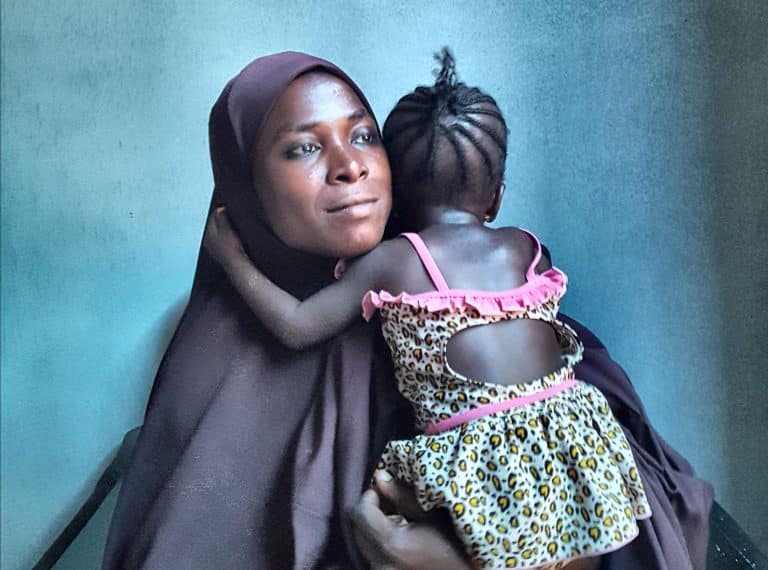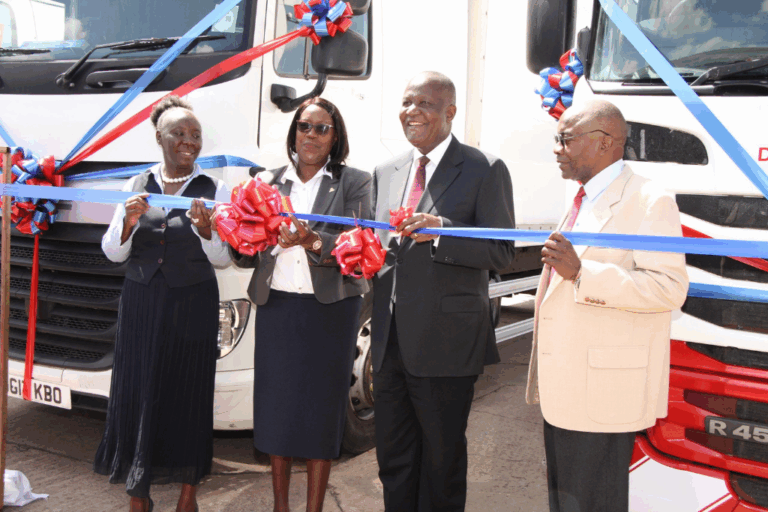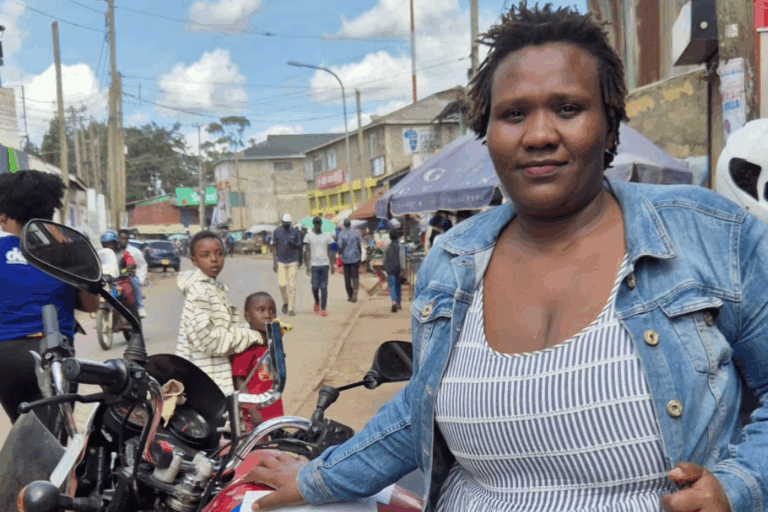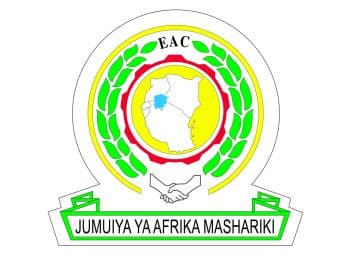
News

Meet Hajara: maths teacher, community mobiliser and ETS advocate in Nigeria

Hajara is a 30 year old mathematics teacher from Kokona Local Government Area (LGA) in Nasarawa State, Nigeria. After completing her secondary education at the Akwanga College of Education, she settled in Igwo village with her husband, who is also a teacher and the local Imam. Here, a place which she describes as “a little bit big”, she gave birth to her first child Nana Firdaus, with the assistance of one of the community’s Emergency Transport Scheme (ETS) volunteer drivers.
Hajara recalls hearing about ETS while attending a routine prenatal care visit at the local Igwo Primary Health Care (PHC) facility, when she was about two months pregnant. She remembers a health worker informing her about the existence of the scheme and giving her the number of the driver that operates in her community, and instructing her to call him should she need assistance.
In March 2019, as she was on her way to another prenatal visit, Hajara started noticing signs that she might be going into labour. On the way to the PHC, she came across the community’s ETS driver, as he lives a short distance away from her house, and explained that she felt as if her labour had begun. “He said that if anything like that happened, I should call him right away”. However, on reaching the health facility, she was told by health workers that she should stick to the given date for her delivery – six days later – as they thought it wasn’t yet time for her to deliver, so she went back home. Still experiencing back pains and stomach pains, she tried to deliver at home by herself, but unfortunately she was unable to.
Her husband proceeded to make a call to the ETS driver, who responded promptly. As they got to the PHC, Hajara was rushed to receive care but despite the health workers’ best efforts they were not able to induce her delivery. Instead, they wrote her a referral letter for the Federal Medical Centre in Keffi, where the ETS driver quickly transported her.
They reached Keffi at around 3am after a journey that lasted roughly an hour, due to the poor road conditions and limited visibility. Hajara was attended to by hospital staff and was able to successfully deliver at around 6am. The birth happened without complications, and once all health assessments had been carried out Hajara was discharged and she was driven back home by the ETS driver, who had patiently waited for her.
The length of the journeys had Hajara very worried about the financial implications: “I was thinking, how am I going to pay him all this money? But it was then that I learned more about the ETS [being free of charge], because when I got the number at the antenatal visit, they just told me to call”. Once at home, Hajara explains that even when her husband tried to compensate the driver for his service, they were shocked as the driver refused any form of payment for what he had done for them.
ETS is becoming increasingly popular and accepted, although there is still some resistance at the community level, especially among older women. Hajara explains that in her community, homebirths are viewed as a sign of strength and many older women will encourage younger pregnant women to choose to deliver at home. “If you deliver at home it shows that you are strong; [whereas] if you go to the hospital it shows that you are not strong”. Before going to the hospital, she too tried to deliver at home, although she clarifies that both she and her husband are aware of the importance of skilled birth attendance. “[…] he insisted on calling the driver as we were instructed to call him in any occasion we needed help, and as he insisted so I later accepted”.
Her own experience made her think a lot about the differences between delivering at home and delivering at a hospital. Before she was able to successfully deliver, she required a surgical procedure to increase the cervical space so that it would help to push the baby out. After the delivery Hajara required sutures. “Before I was able to deliver, I needed an addition so if I was at home, who would have sewed that space?”
Hajara says that women are slowly understanding the benefits of ETS. She is noticing a change at the facility level as well, as she says that health workers no longer advise women on how to deliver at home, but rather encourage them to seek institutional deliveries particularly in emergency situations, by promoting the uptake of ETS within the community. Hajara herself has been contributing to raising awareness in her community on the benefits of skilled birth attendance, by sharing her story and advising women to make use of ETS when in labour. In the months following her experience with ETS, she was recruited as a community mobiliser in an immunisation campaign, going from door to door to help deliver the measles vaccine to children between the ages of nine months and five years. Her profession as a teacher helped her in disseminating information to families who didn’t understand the language.
This role was also easier as a woman, because in her culture men are not allowed to enter someone’s home if the male head of the household is not present. Anytime she would encounter a pregnant woman, Hajara would take the time to also explain the benefits of delivering at a health facility and to promote ETS, sharing phone numbers and her personal experience of giving birth. The women she told about ETS are now using the scheme and are very happy that the scheme exists. “You won’t believe, last week one of the women [I told about ETS] went into labour and she didn’t want the husband’s mother to know because she knew that she would delay her, so she quickly told me and I told the husband and the husband called the ETS driver, so they quickly rushed over to the hospital and she delivered there”.
Read more stories from the Emergency Transport Scheme here.
Recent Posts






















